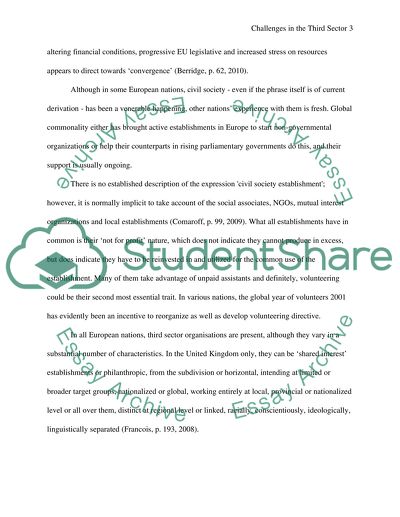Cite this document
(“What are the special challenges and opportunities presented by working Essay”, n.d.)
Retrieved from https://studentshare.org/history/1430406-what-are-the-special-challenges-and-opportunities
Retrieved from https://studentshare.org/history/1430406-what-are-the-special-challenges-and-opportunities
(What Are the Special Challenges and Opportunities Presented by Working Essay)
https://studentshare.org/history/1430406-what-are-the-special-challenges-and-opportunities.
https://studentshare.org/history/1430406-what-are-the-special-challenges-and-opportunities.
“What Are the Special Challenges and Opportunities Presented by Working Essay”, n.d. https://studentshare.org/history/1430406-what-are-the-special-challenges-and-opportunities.


